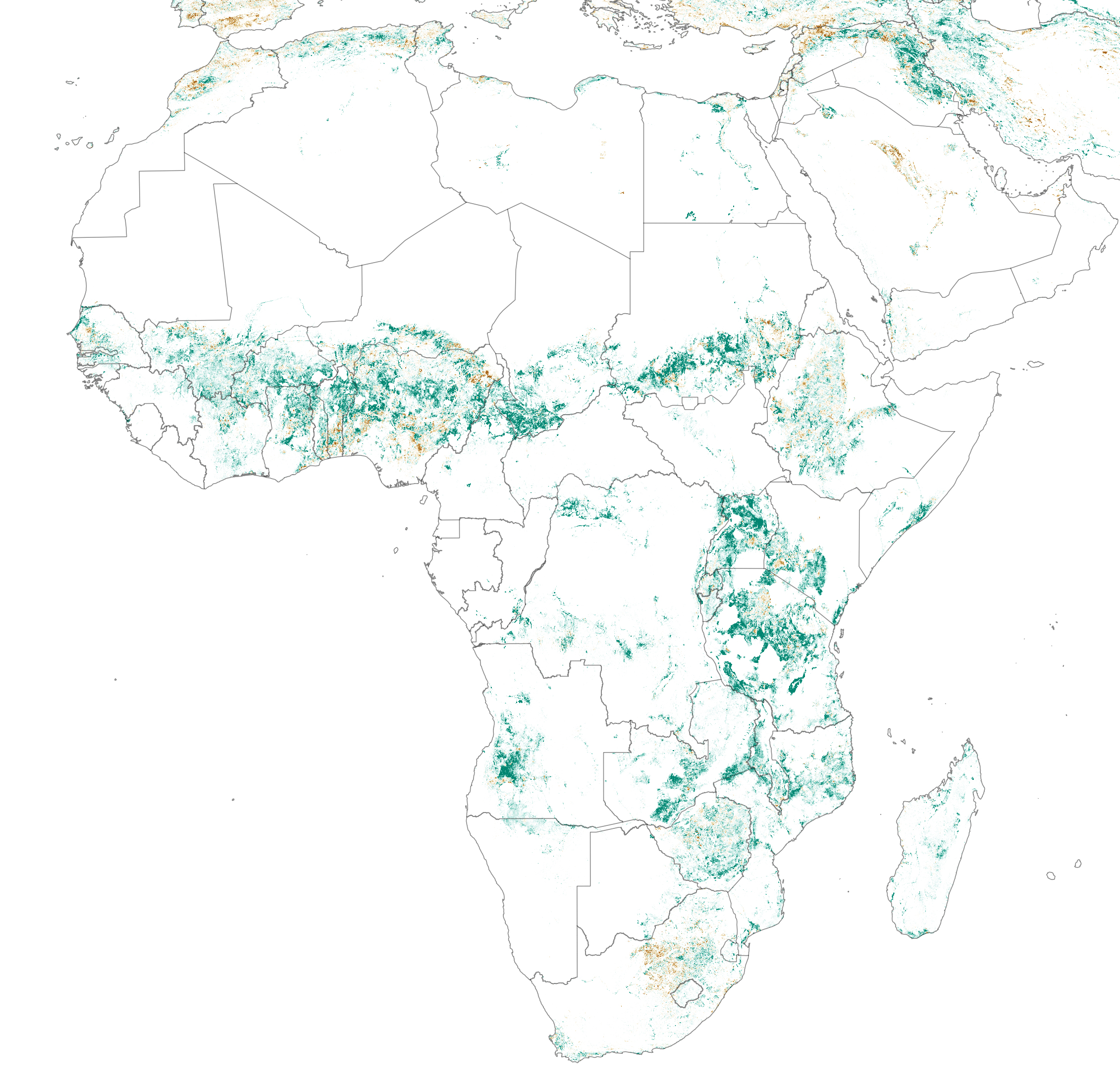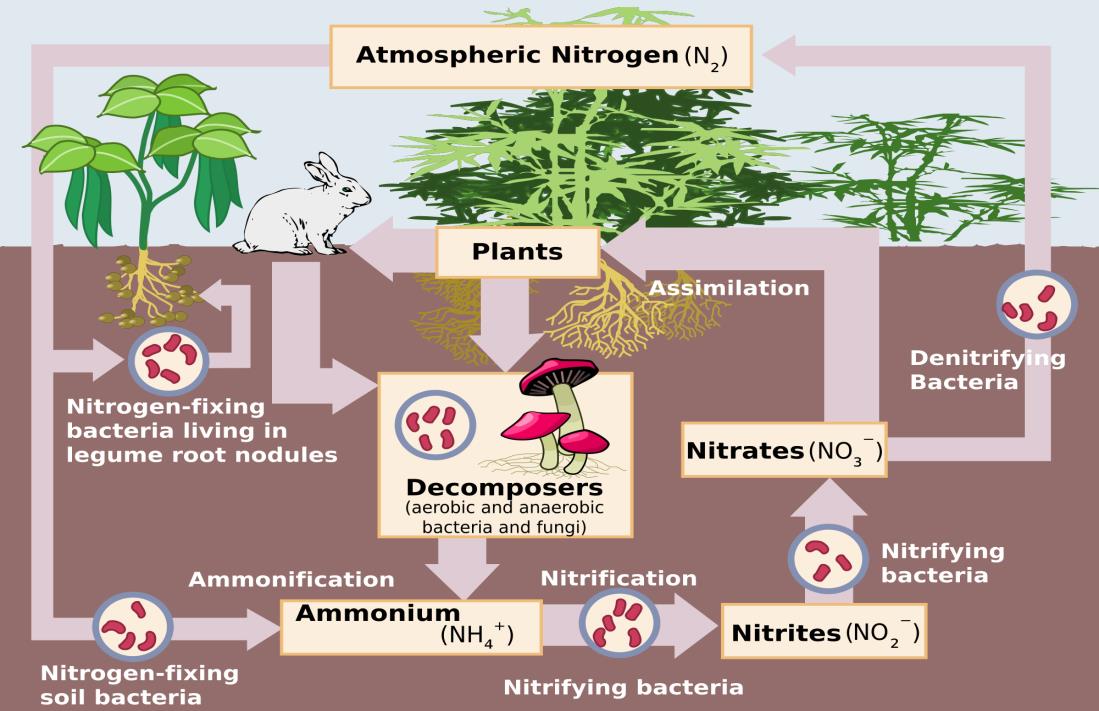Why crop yields fail to increase in southern Africa – Nature

Report on Agricultural Productivity Stagnation in Southern Africa and its Implications for Sustainable Development Goals
1.0 Executive Summary
Analysis of satellite data reveals a critical situation in southern Africa, characterized by widespread stagnation in cropland productivity alongside moderate but impactful climate trends. These findings pose a significant threat to the region’s progress towards several key Sustainable Development Goals (SDGs). This report underscores the urgent need to supplement remote sensing data with comprehensive ground-truthing methodologies. Integrating local knowledge is essential to ensure that future investments in agriculture are effective, targeted, and aligned with the objectives of the 2030 Agenda for Sustainable Development, particularly SDG 2 (Zero Hunger) and SDG 13 (Climate Action).
2.0 Key Findings and Challenges to Sustainable Development
The primary data indicates two major trends that directly challenge regional stability and development efforts.
- Widespread Stagnation in Cropland Productivity: Across large areas of southern Africa, crop yields are failing to increase, jeopardizing food security and economic progress.
- Persistent Climate Stress: The region is experiencing moderate but consistent climate trends that negatively affect agricultural conditions, exacerbating the challenges of productivity.
2.1 Direct Impact on SDG 2: Zero Hunger
The failure to improve crop yields is a direct impediment to achieving SDG 2. The consequences include:
- Increased risk of food insecurity for vulnerable populations.
- Stagnation or reversal of progress in ending malnutrition.
- Threats to the viability of small-scale food producers, who are crucial for local food systems.
2.2 Interconnected SDG Implications
The issue extends beyond hunger, affecting a network of interconnected development goals.
- SDG 1 (No Poverty): As agriculture is a primary source of livelihood for millions, stagnant productivity traps farming households in a cycle of poverty.
- SDG 8 (Decent Work and Economic Growth): A poorly performing agricultural sector inhibits broad-based economic growth and the creation of decent employment opportunities.
- SDG 13 (Climate Action): Understanding the precise impact of climate trends on agriculture is fundamental for developing effective adaptation and resilience strategies. Misguided interventions based solely on satellite data could lead to maladaptation.
- SDG 15 (Life on Land): Pressure from low-yield agriculture can lead to unsustainable land use practices, such as deforestation, as farmers seek to expand cultivation areas.
3.0 Recommendations for an SDG-Aligned Path Forward
To address these challenges and prevent the misallocation of critical development resources, a revised approach to data interpretation and investment is required. The following actions are recommended:
-
Integrate High-Level Data with Local Knowledge
Establish formal mechanisms for ground-truthing satellite data. This involves creating partnerships (SDG 17) between research institutions, governments, and local farming communities to combine technological insights (SDG 9) with on-the-ground realities.
-
Employ a Mix of Verification Approaches
Verification should not be a single activity but a continuous process utilizing diverse methods, including:
- Direct field surveys and soil analysis.
- Farmer interviews and participatory workshops.
- Analysis of local and district-level agricultural records.
-
Ensure Targeted and Informed Investments
Utilize the verified, nuanced understanding of productivity challenges to guide investments. This ensures that funding is directed towards the most effective interventions, whether they be climate-resilient seeds, improved irrigation techniques, or enhanced farmer support systems, thereby maximizing impact on the SDGs.
Analysis of Sustainable Development Goals in the Article
1. Which SDGs are addressed or connected to the issues highlighted in the article?
-
SDG 2: Zero Hunger
This goal is central to the article, which focuses on the “widespread stagnation in cropland productivity” in southern Africa. Stagnant agricultural productivity directly threatens food security and the goal of ending hunger.
-
SDG 13: Climate Action
The article connects the agricultural issue to “moderate climate trends,” indicating that climate change is a factor affecting food production. This links the discussion to the need for climate adaptation and resilience in agriculture.
-
SDG 17: Partnerships for the Goals
The article highlights the use of “satellite data” and the critical need for “ground-truthing these results using a mix of approaches and local knowledge.” This emphasis on combining technology, different methodologies, and local expertise to guide investments points directly to the importance of partnerships and collaboration for achieving sustainable development.
2. What specific targets under those SDGs can be identified based on the article’s content?
-
SDG 2: Zero Hunger
-
Target 2.3: Double the agricultural productivity and incomes of small-scale food producers.
The article’s main theme of “stagnation in cropland productivity” is a direct challenge to this target. The focus on southern Africa, where small-scale farming is prevalent, reinforces this connection.
-
Target 2.4: Ensure sustainable food production systems and implement resilient agricultural practices.
The fact that cropland productivity is stagnating due to “moderate climate trends” implies that current agricultural practices are not resilient. The article implicitly calls for the implementation of more resilient practices to overcome this stagnation.
-
-
SDG 13: Climate Action
-
Target 13.1: Strengthen resilience and adaptive capacity to climate-related hazards and natural disasters in all countries.
The stagnation of crop yields in the face of climate trends shows a lack of resilience and adaptive capacity in the agricultural systems of southern Africa. The article’s analysis is a step towards understanding this vulnerability to strengthen resilience.
-
-
SDG 17: Partnerships for the Goals
-
Target 17.6: Enhance North-South, South-South and triangular regional and international cooperation on and access to science, technology and innovation.
The use of “satellite data” represents access to advanced technology. The call to combine this with “local knowledge” exemplifies the type of multi-faceted cooperation and knowledge sharing that this target promotes.
-
3. Are there any indicators mentioned or implied in the article that can be used to measure progress towards the identified targets?
-
For Target 2.3:
-
Indicator: Cropland Productivity
The article explicitly and repeatedly uses the term “cropland productivity.” This is a direct measure corresponding to Indicator 2.3.1 (Volume of production per labour unit). The article states this indicator is showing “widespread stagnation.”
-
-
For Target 2.4 & 13.1:
-
Indicator: Resilience of agricultural systems to climate trends.
This is an implied indicator. The article suggests that the “stagnation in cropland productivity” in the context of “moderate climate trends” is a symptom of low resilience. Therefore, measuring changes in productivity relative to climate variables can serve as an indicator of progress towards building resilient agricultural systems.
-
-
For Target 17.6:
-
Indicator: Use of combined data sources for decision-making.
The article implies this indicator by advocating for a methodology that combines “satellite data” with “local knowledge.” The extent to which investments and policies are guided by such an integrated approach can be used as an indicator of effective technological and knowledge-based partnerships.
-
SDGs, Targets, and Indicators Summary
| SDGs | Targets | Indicators |
|---|---|---|
| SDG 2: Zero Hunger | Target 2.3: Double the agricultural productivity and incomes of small-scale food producers. | Cropland productivity: The article directly mentions the “stagnation in cropland productivity.” |
| Target 2.4: Ensure sustainable food production systems and implement resilient agricultural practices. | Resilience of agricultural systems: Implied by the failure of crop yields to increase despite “moderate climate trends.” | |
| SDG 13: Climate Action | Target 13.1: Strengthen resilience and adaptive capacity to climate-related hazards. | Adaptive capacity of agriculture: Implied by the stagnation of productivity, which indicates a low capacity to adapt to climate trends. |
| SDG 17: Partnerships for the Goals | Target 17.6: Enhance access to science, technology and innovation. | Use of combined data sources: Mentioned through the use of “satellite data” and the need for “local knowledge” to guide investments. |
Source: nature.com

What is Your Reaction?
 Like
0
Like
0
 Dislike
0
Dislike
0
 Love
0
Love
0
 Funny
0
Funny
0
 Angry
0
Angry
0
 Sad
0
Sad
0
 Wow
0
Wow
0


-1920w.png?#)





































































